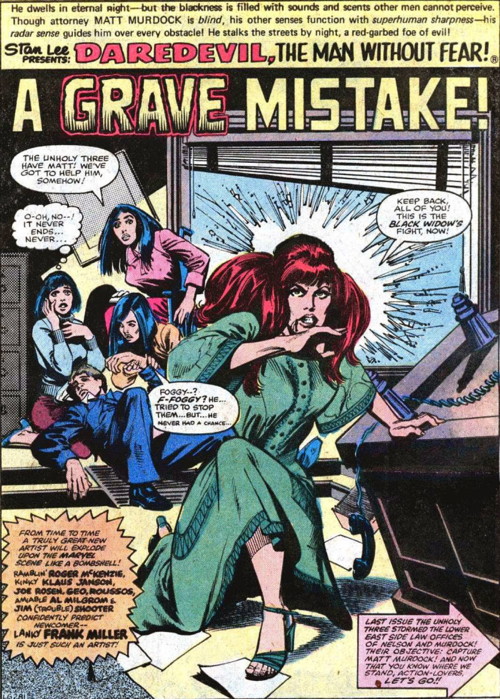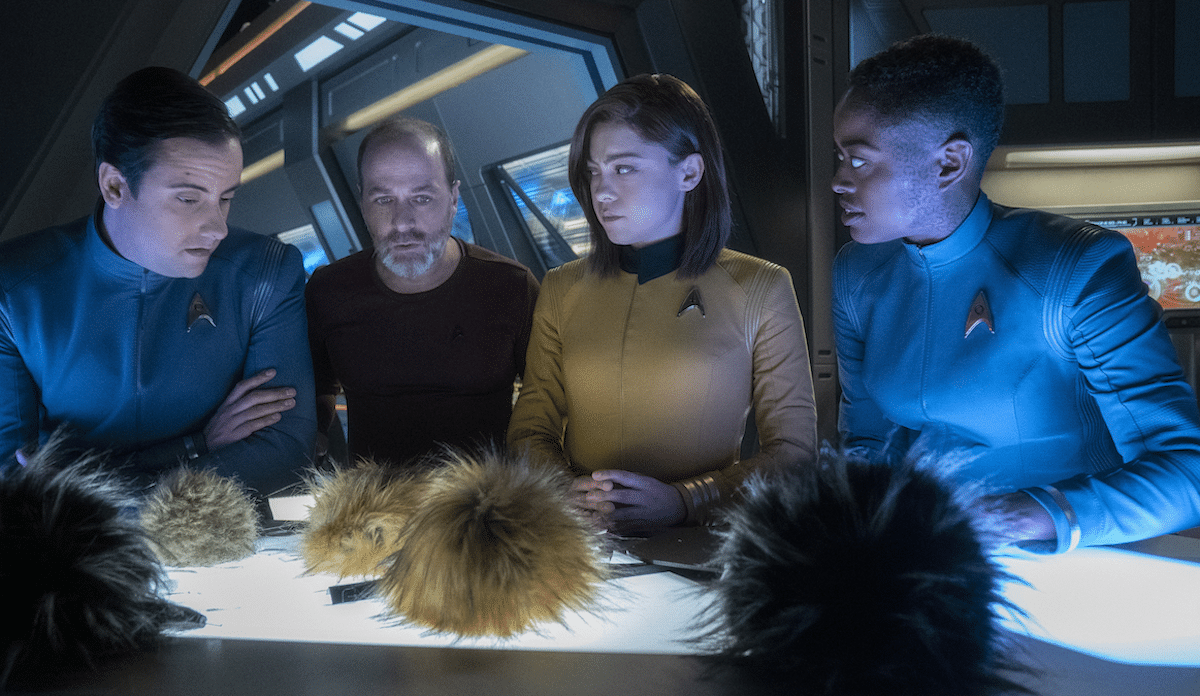I’ve been travelling for the last three weeks and there are even more kibbles and bits than usual piled up. Some of these are pretty old, but it would be so sad to let all those bookmarks I squirreled away go to waste. But first…
§ Pulitzer Prize winning editorial cartoonist Tony Auth has died at age 72.
§ Cartoonist Liza Donnelly profiled at Forbes..
§ Headline of the day! Comic book convention comes to Ramada Inn
§ Headline of the day 2! Comic books enjoy a surge in popularity
§ Related! At Dragon Con, Beat contributior Kyle Pinion and a couple of others explained why
Why the comics industry is doing better than ever:
The panelists unanimously agreed that it’s a great time to be a comics seller.
“You just keep thinking it’s going to go die down,” said Tarney, speaking of what he described as the slow ascension of comics into the mainstream over the last three decades, “but then, bam! Arrow is huge and Walking Dead is huge, and you’re seeing more people into more things, and more people are exploring comics as a genre and as a form of media.”
Ludgood agreed, but pointed out that while comics have never actually left the cultural spotlight since the golden age of vintage superheroes, the current trend of adapting non-native characters into comic book form means more people wanting to buy the comic book versions of their favorite characters. (Think recent comic and manga adaptations and continuations of Twilight, The Last Airbender, Buffy, and other pop culture favorites.)
§ Michael Dooley takes a look at two recent books about cartoonists, the Monte Beachamp-edited Blab-like, Masterful Marks: Cartoonists Who Changed the World and Drew Friedman’s Heroes of the Comics.
§ One site that should be bookmarked is Women Write About Comics , which has lots of excellent writing including some from an academic or library viewpoint. Two pieces I enjoyed are Ivy Noelle Weir’s 741.5: So, You Want To Host A Comic-Con At Your Library a step by step guide to doing just that, fearful moments and all. And also Katherine Tanski‘s Comics Academe: How Do You Teach Comics? which goes into some details:
If the department, colleague, or student balks at a 224-page text (although McCloud’s text is also not particularly expensive, especially compared to textbooks generally speaking), the first chapter of McCloud’s Making Comics, which did its best to condense Understanding Comics into one chapter, is probably sufficient for teaching purposes. (Sidenote: There is really nothing worthwhile to be find in McCloud’s follow up text to Understanding Comics,Reinventing Comics, except as a historical footnote, since it’s mainly theorizing about the possibilities for comics with the advent of computers and the internet, which did, in fact, happen.) However, the reason I did, and still would today, advocate for using the full Understanding Comics as a supplementary textbook to whatever comic you want to assign is because, in my experience, students take comics more seriously as a medium if there is an entire book they have to buy in order to understand it. It quickly disabuses them of the notion that a comic is going to be easier to read than a novel.
§ Back before Sin City 2 tanked so bad , there were many assessment’s of Frank Miller’s comics output, including this look at the new The Big Guy and Rusty the Boy Robot , which actually was only by Geof Darrow.
Grantland’s Alex Pappedemas looked at Miller’s entire oeuvre.
On the first page of Daredevil No. 158, the Black Widow wipes away blood from a split lip, preparing to enter a melee already in progress. A text box in the corner trumpets the arrival of “Lanky Frank Miller,” a “truly great new artist” poised to “explode upon the Marvel scene like a bombshell.” This was hyperbole even by the hucksterish standard set by Stan Lee. It also turned out to be true.
§ A little while back a copy of Action #1 sold for $3.2 million; the buyers were Metropolis Comics, who expect to make a profit on it someday.
“We feel very confidently this was a good price and that we will be able to sell this for a profit. We really believe in the strength of the comic book market and that it has a long way to go,” Zurzolo tells The Hollywood Reporter. While declining to say how high they would have taken the bidding, he adds, “All I can say is we were determined to buy it.”
§ I had bookmarked this piece on the Salt Lake City Comic Con which detailed them having trouble proving a local economic impact.
§ I’m glad Vaneta Rogers exists so she can pore over all the evidence about Blood Moon an upcoming DC event.
§ 29 years ago, semiotician Umberto Eco was excited about Krazy Kat and Peanuts, and you can still read his essay.
§ Oh, this one is old but it says so much: The Drab Palettes of Modern Superhero Movies.
I don’t mean to pick on one synergistic chunk of intellectual property. Based on the images released so far, 2016’s Batman vs. Superman will max out its hues at a vibrant brown. The collective monomania of these superhero movies is bizarre and sad—if you must make so many of the things, why not cast your eyes beyond a couple of decades-old Frank Miller comics?
§ Congrats to our good buddies at Green Brain Comics on moving to a nice new store.
§ Here’s a blog post by by the winner of the Women’s Costume at the Baltimore Comic Con costume contest. You don’t often see these winners mentioned, so I did!
§ People were amazed by this video of Fantagraphics publisher Gary Groth with a broken pair of giant loppers that was found in a long abandoned closet…but there will be more Gary Groth videos to come.





Congrats to Green Brain!
I wonder what sort of signage they’ll place atop their new store!
Maybe a giant glowing green brain with headphones?
http://www.tonyauth.com/
That’s Tony Auth’s website, where you can donate money to keep his works intact. Free exhibit through 1/23/15 at the Philadelphia Foundation in Philadelphia
https://www.philafound.org/tabid/160/Default.aspx?tp=SPEC&fn=The%20Tony%20Auth%20Fund
Comments are closed.